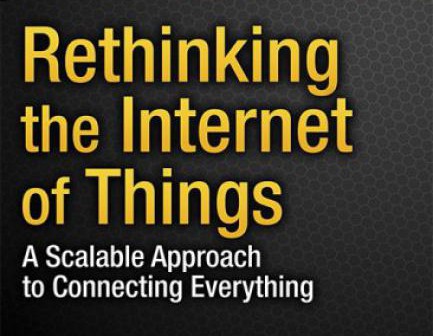Rethinking the Internet of Things: A Scalable Approach to Connecting Everything
Apress is proud to announce that Rethinking the Internet of Things was a 2014 Jolt Award Finalist, the highest honor for a programming book. And the amazing part is that there is no code in the book.
Over the next decade, most devices connected to the Internet will not be used by people in the familiar way that personal computers, tablets and smart phones are. Billions of interconnected devices will be monitoring the environment, transportation systems, factories, farms, forests, utilities, soil and weather conditions, oceans and resources.
Many of these sensors and actuators will be networked into autonomous sets, with much of the information being exchanged machine-to-machine directly and without human involvement. Machine-to-machine communications are typically terse. Most sensors and actuators will report or act upon small pieces of information – “chirps”. Burdening these devices with current network protocol stacks is inefficient, unnecessary and unduly increases their cost of ownership.
This must change. The architecture of the Internet of Things must evolve now by incorporating simpler protocols toward at the edges of the network, or remain forever inefficient. Rethinking the Internet of Things describes reasons why we must rethink current approaches to the Internet of Things. Appropriate architectures that will coexist with existing networking protocols are described in detail. An architecture comprised of integrator functions, propagator nodes, and end devices, along with their interactions, is explored.
What you’ll learn
- Discusses the difference between the “normal” Internet and the Internet of Things.
- Describes a new architecture and its components in the “chirp” context.
- Explains the shortcomings of IP for IoT.
- Describes the anatomy of the IoT.
- Describes how to build a suitable network to maximize the amazing potential of the IoT.
Who this book is for
Thought leaders, executives, architectural, standards and development leaders in the evolving IoT industry. Corporations and organizations whose commercial products could be adapted simply to be functioning devices on the IOT while saving billions of dollars in unnecessary costs or proprietary designs. Those who wish to capitalize on technology change and those interested in the Internet, its capabilities and the need to improve it.

